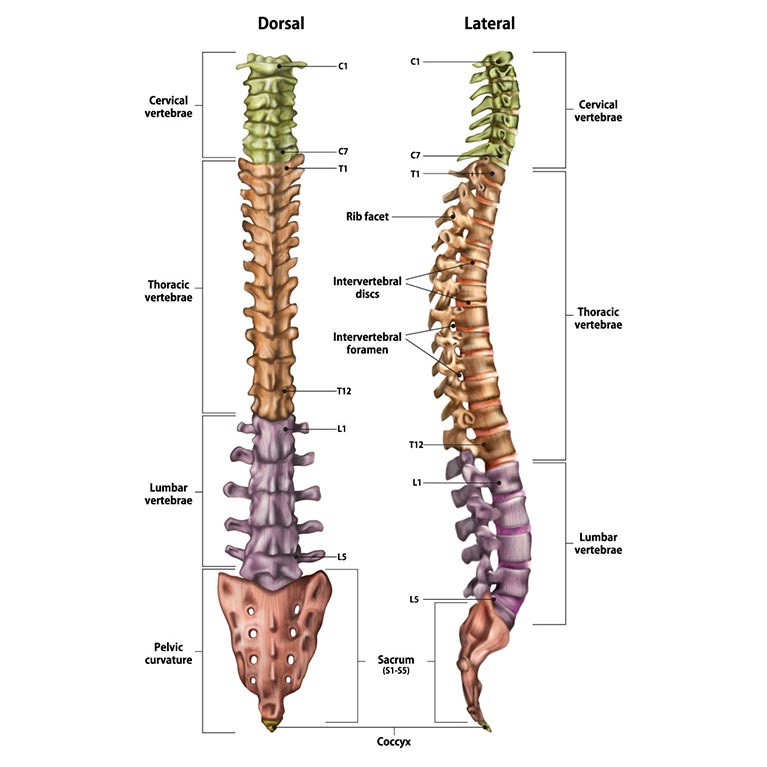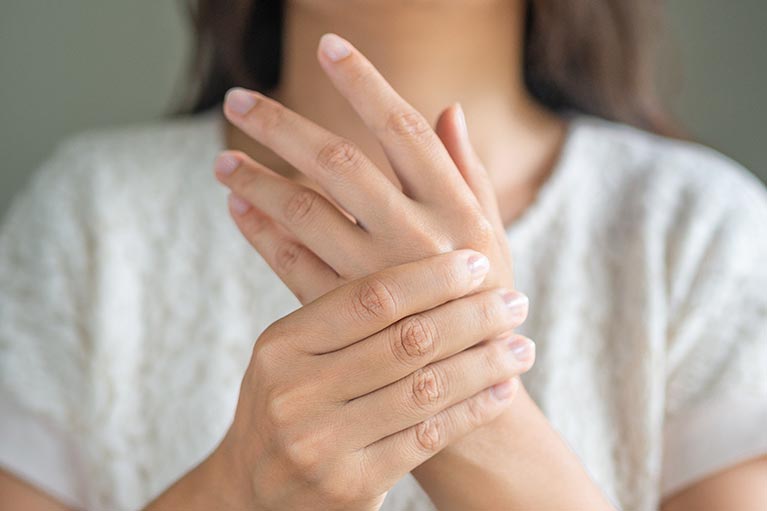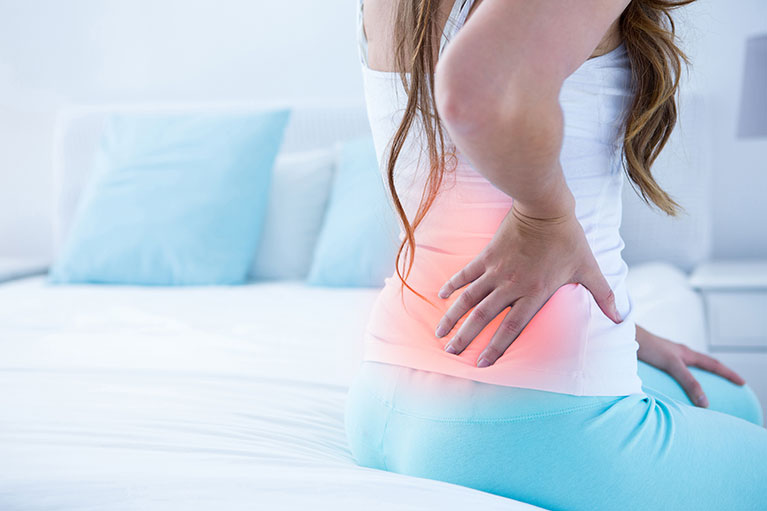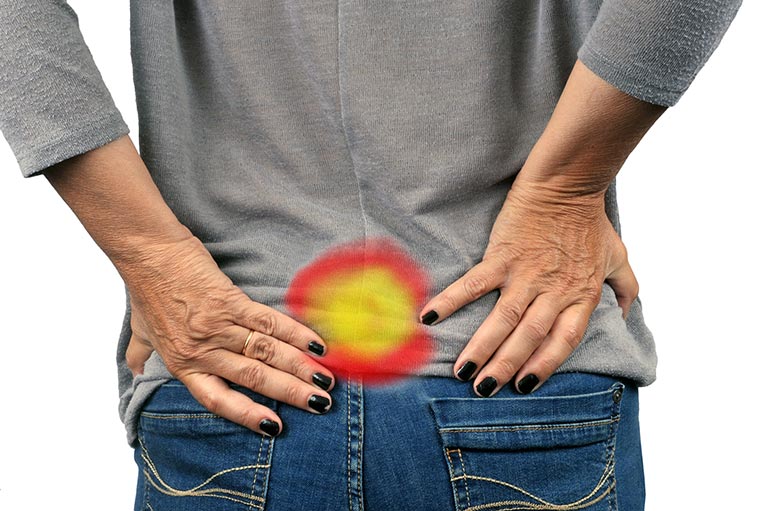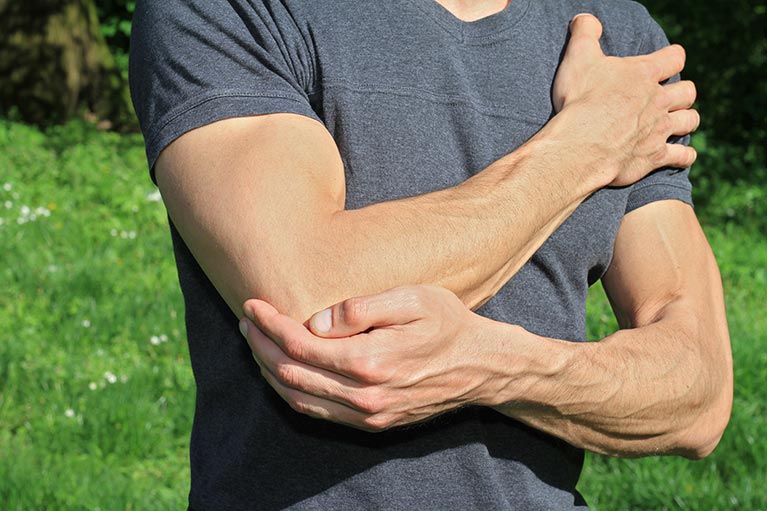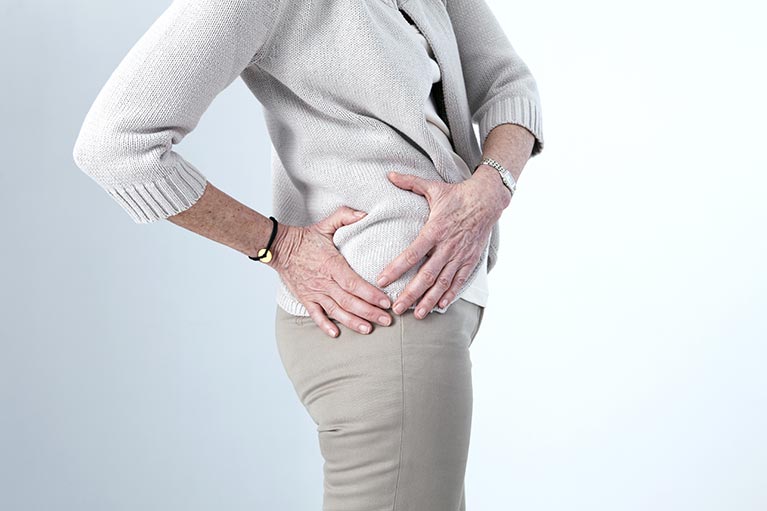- Spine
- Hand & Wrist
- Knee
- Pain Managment
- Foot and ankle
- Shoulder & elbow
- Hip
Spine
Spine plays a vital role in the stability and mobility of the body. However, it is extremely vulnerable to disorders and injuries, affecting a person’s quality of life drastically. We bring together a team of certified spine experts who with their wealth of experience treat several spine conditions.
Our spinal service offers a interdisciplinary approach to treatment. This approach allows us to provide a more holistic treatment, addressing not only the physical symptoms but also the psychological and social aspects of the patient’s condition. We offer surgical and non-surgical services to help patients recover and improve their quality of life. our team will work closely with you to create a personalized treatment plan that fits your specific needs and goals.
Our orthopaedic and sports specialists help in treating a wide range of spine conditions:
- Spinal Fractures
- Degenerative Dis Disease and Herniated Discs
- Facet Joints Disease
- Spinal Stenosis
Hand & Wrist
Different bones, muscles and ligaments in the hand & wrist facilitate in complex and precise movements. When damaged by work, trauma, congenital conditions or sports injuries, the hand & wrist may not be able to perform the way they should. Stress, overuse, damage or tear to the hand & wrist joints may develop common conditions:- Carpal Tunnel Syndrome
- Arthritis of Thumb
- Osteoarthritis
- Trigger Finger
- Hand & Wrist Fracture
- Dupuytren’s Contracture Release
- Ganglion Cysts and more
Knee
A problematic knee can be debilitating and may get in the way of your everyday activities. Many experience common knee complications associated with age such as osteoarthritis or due to sports injuries like a torn anterior cruciate ligament (ACL) or torn meniscus.
We have a team of highly skilled and experienced knee orthopaedics who are dedicated to providing the highest quality of care.
Avicenna Clinic is equipped with state-of-the-art technology and facilities, including advanced imaging equipment such as MRI, ultrasound and X-ray. This allows our orthopaedics to accurately diagnose and treat your knee condition.
Our orthopaedics take a patient-centred approach and will take the time to fully understand your condition, as well as listen to your concerns and expectations. They will then create a personalized treatment plan that fits your individual needs and goals, whether it is to recover from an injury, improve mobility and function, or manage chronic pain.
We also offer a wide range of treatment options, including physical therapy, medication, and surgery if necessary. This allows us to provide a comprehensive approach to care that addresses all aspects of your knee condition.
Our clinic also offers convenient appointment scheduling and flexible hours to fit your busy schedule.
We work closely with other specialists such as sports medicine specialists, pain management specialists and rehabilitation therapists to provide a multidisciplinary care for your knee.
Pain Managment
Acute or chronic pain may have life-limiting effects on the patients. Acute pain might arise from injuries, surgical procedures, or disease while chronic pain is defined as ongoing or recurrent pain that continues for months, both must be assessed by a trustworthy specialist.
Pain can affect anyone, irrespective of age or lifestyle. When left unaddressed, it will alter the quality of life by negatively impacting sleep, work, family and social life. Even the simplest task may become problematic, leading to physical and emotional distress.
We provide tailored treatment, targeting the severity and symptoms of pain, offering relief from muscle and soft tissue pain, joint pain, post-operative pain, fibromyalgia, neck and head pain, sciatica, and sports injuries.
Typical treatment solutions include physical therapies, osteopathy manipulative treatment (OMT), physiotherapy along with administering effective pain relief medications and injections.
Orthopaedic Pain Explained
Orthopaedic pain refers to pain that is related to the musculoskeletal system, which includes bones, joints, muscles, tendons, and ligaments. This type of pain can be caused by a wide range of conditions, including injuries, degenerative diseases, and congenital disorders.
Some common causes of orthopaedic pain include:
- Arthritis: a condition characterized by inflammation and degeneration of the joints.
- Fractures: a broken bone caused by trauma or overuse.
- Tendinitis: inflammation of the tendons, which connect muscle to bone.
- Bursitis: inflammation of the bursa, a fluid-filled sac that cushions the joints.
- Ligament sprains: tears in the ligaments, which connect bone to bone.
- Degenerative disc disease: a condition in which the discs that cushion the spine begin to deteriorate.
Symptoms of orthopaedic pain can vary depending on the cause, but may include:
- Aching or stiffness in the affected area
- Swelling or inflammation
- Limited range of motion
- Weakness or numbness in the affected area
- Tenderness to the touch
Foot and ankle
The foot & ankle are highly complex structures of the human body that contain ligaments, multiple bones and tendons.
Avicenna Clinic offers a range of treatment options for foot and ankle conditions, including both surgical and non-surgical methods. Our goal is to provide the most appropriate and effective treatment for each individual patient, based on their specific condition and needs.
For non-surgical treatments, we may use a variety of techniques to alleviate pain and inflammation, improve range of motion, and correct any underlying gait abnormalities. Physical therapy, for example, is often used to help patients regain strength and flexibility in their feet and ankles. We may also use custom orthotics, padding and taping, or other forms of bracing to provide support and alleviate pressure on affected areas.
In some cases, non-surgical treatments may not provide the desired level of relief, and surgery may be recommended. Surgical options for foot and ankle conditions include procedures such as:
- Achilles tendon repair for Achilles tendonitis
- Bunionectomy for bunions
- Ankle fusion for ankle arthritis
- Ligament and tendon repair for sprains and other injuries
- Arthroscopy for the removal of bone spurs, loose bodies, and other debris.
We believe that the key to successful treatment of foot and ankle conditions is a holistic approach that addresses not only the symptoms but also the underlying cause of the problem. A team of orthopaedic specialists will work closely with you to evaluate your condition, discuss the various treatment options available, and help you make an informed decision about which course of treatment is best for you.
Shoulder & elbow
Shoulder & elbow joints are crucial for rotating, bending, reaching and flexing arms. But, repetitive movements common to a few occupations and sports tend to over-stresses the joint, causing fractures, instability, tendon tears and other disorders that may impede its movement. Some of the common conditions that occur at this joint are:- Collarbone Fracture
- Frozen Shoulder
- Shoulder Arthritis
- Bone Dislocation
- Bursitis
- Rotator Cuff Injury
Hip
A well-functioning hip is essential for performing day-to-day activities or playing sports with ease. But, when common disorders or conditions alter their normal movement, it can trigger muscle weakness, pain or associated complications that require immediate medical attention from a qualified specialist.
At Avicenna, we understand that hip problems can greatly impact a person’s daily life and mobility. That’s why we take a comprehensive approach to diagnosing and treating these issues.
First, we begin with a thorough examination and evaluation of the patient’s symptoms. This includes taking a detailed medical history, conducting a physical examination, and ordering any necessary imaging studies such as X-rays or MRI’s.
Once we have a clear understanding of the problem, we work with our patients to develop a customized treatment plan. This may include non-surgical options such as physical therapy, medications, or injections to reduce pain and inflammation.
In cases where surgery is necessary, we specialize in minimally invasive techniques, which allows for a faster recovery and less pain post-surgery. We also use advanced technologies to ensure precision and accuracy during the procedure.
A team of orthopaedic specialists is dedicated to providing the highest level of care and working closely with our patients to achieve the best possible outcomes..
